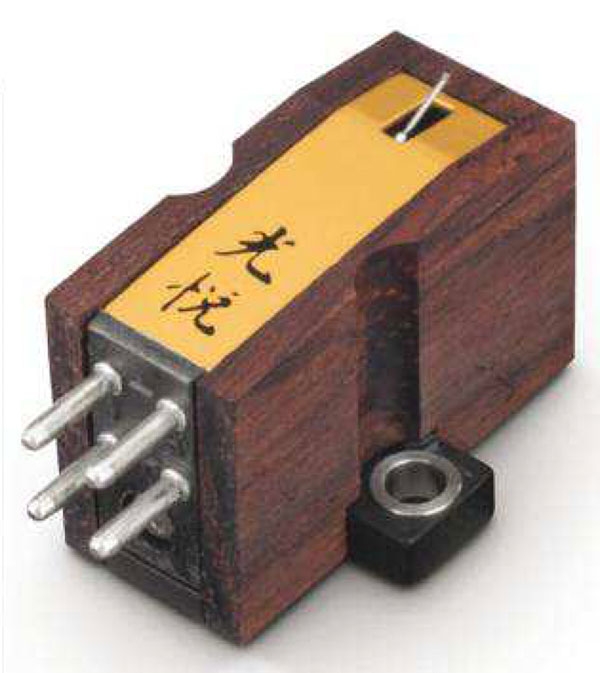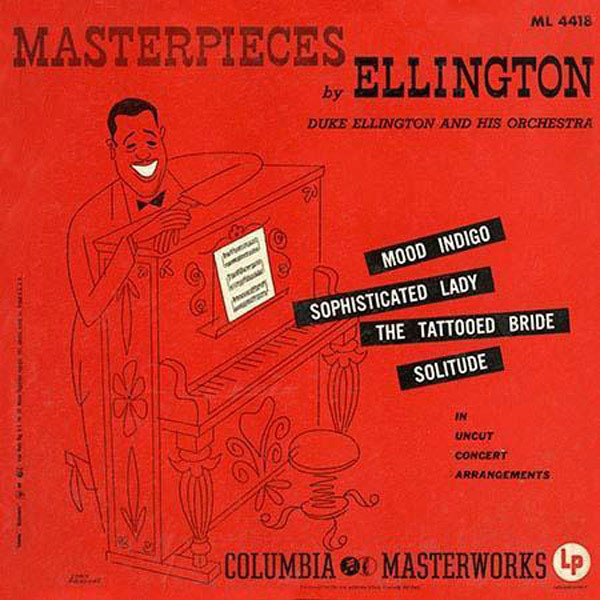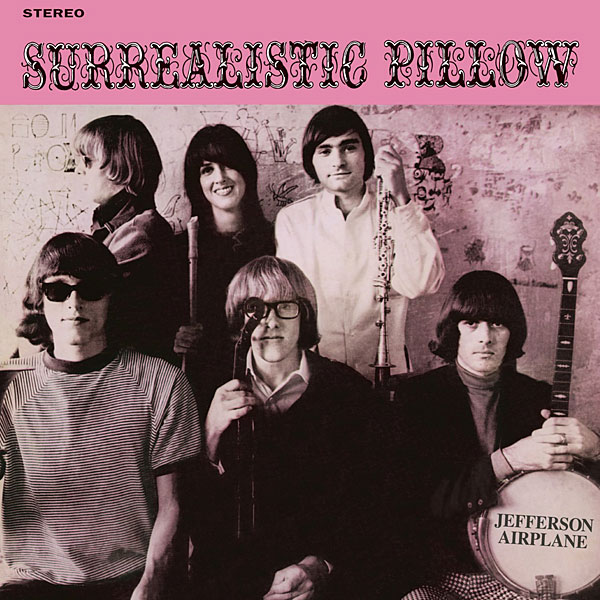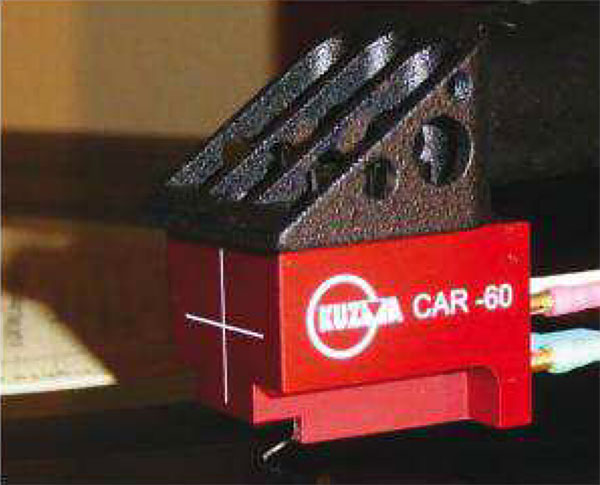| Columns Retired Columns & Blogs |
They cost too dam much but what other phono cartridge holds value like a Koetsu ?
Old ones are remarkably valuable.
Tony in Florida

By 1968 I'd saved up for a V-15 Type II, and installed it in a Dual 1009SK record player. Wow! But, committed to the principle of using a low vertical tracking force (VTF) to minimize damage to my record grooves, I set the tonearm for the V-15 II's minimum recommended VTF of 0.75gm—and, as the Shure's stylus ricocheted down the grooves, proceeded to ruin quite a few LPs. After not that many plays, the result was a low-level crackle.
Today, a VTF of 2gm or even 3gm is considered acceptable and not at all damaging to grooves, and cartridge prices have risen to five digits. You can still get a very good cartridge for 30 1964 dollars ($237 in November 2017), such as Ortofon's 2M Blue ($199) or Shure's own somewhat bland but nicely manufactured M97xE (under $100)—or even Audio-Technica's silly-good AT 95E (ca $40).
I cite those affordable models to soften you up for the costly ones I review here. No one is going to describe a $900 cartridge as "cheap," and models priced in that range—such as the Hana SL or the Ortofon 2M Black, each of which is fitted with a Shibata stylus—resolve a great deal of low-level detail and, properly set up, have sweet dispositions. But it's easy enough to demonstrate that, generally speaking, the more you spend for a cartridge, the greater the sound quality. I wish it were otherwise.
Koetsu Rosewood Mono moving-coil cartridge
Do you remember hearing your first Koetsu? Mine was in the late 1970s, in Santa Monica, California, at Absolute Audio—a store occupying an apartment that looked out on the Pacific, and owned by the late John Dudley and his partner, Randy Cooley, who now owns Optimal Enchantment (also in Santa Monica). When I arrived in California, in 1978, those guys became my audio gurus.
During one visit, the Absolute guys sat me down to hear the original Koetsu Rosewood. This moving-coil cartridge reproduced colors—everything I'd heard up to that point had sounded monochromatic. Not that I could afford the $800 or so that a Rosewood cost back then.
It's now 40 years later. Koetsu's founder, the legendary Yoshiaki Sugano—swordmaker, technician, artisan, and former Toyota executive—departed this world 15 years ago (footnote 1), but not before teaching his design and building techniques to his children and turning the business over to them. Koetsu has always been a quirky enterprise shrouded in mystery, with no Web presence and complicated, ever-changing distribution, currently through MoFi Distribution (footnote 2). You won't find mention of the $3495 Rosewood Mono on MusicDirect.com, or on MoFi Distribution's Koetsuaudio.com site. When I asked about it, a spokesperson wrote, "They are a genuinely old-school company; they just build product and provide barely any information."
In my opinion, that's ridiculous and unacceptable, but that's how it is. At least you can be certain of excellent customer service and support from MoFi Distribution.
Is the Rosewood a genuine mono cartridge, or a stereo model internally strapped to produce mono? I have no idea. I'm left providing specs for the stereo Koetsu Rosewood. The Rosewood's moving coils are wound of copper wire, the purity of which is not specified. The cartridge uses a samarium-cobalt magnet and a boron cantilever. Its stylus profile is not among the specs. The output is specified as 0.4mV, the internal impedance as 5 ohms. The combination of generous output and low impedance indicates either a powerful magnet and relatively few coils, which usually results in greater speed and detail—or a ferrous former, which increases magnetic efficiency and output voltage at the expense of some detail.
Regardless, you're not buying a Koetsu Rosewood Mono for ultra-resolution, speed, and retrieval of detail. You're buying it for Technicolor harmonics, slightly soft attacks, ultra-generous, lush sustain, and moderately well-defined decay that's obscured somewhat by the generous sustain. This is the classic sound of Koetsu's rosewood-bodied models, though less so of the lacquered-rosewood Urushi, and definitely not true of the models with stone bodies, of which there are quite a few.
The Rosewood weighs 8.9gm, its compliance is specified as 5×10–6cm/dyne at 100Hz (the "old school" measurement standard, which translates to around 10×10–6 at today's more commonly used 10Hz standard), while the claimed frequency range is 20Hz to 100kHz—a top frequency that no record groove can possibly contain. This no-surprises cartridge is designed to track at 1.8–2gm and a loading of 80–1000 ohms. I ran it into one of the CH Precision P1 phono preamplifier's current-mode inputs to sidestep the loading issue altogether.

For me, the reference monaural recording is Analogue Productions' reissue of Duke Ellington's Masterpieces by Ellington (Columbia/APJ 4418-45), one of the greatest recordings of the modern era, mono or stereo, and a record that belongs in every vinyl collection. AP's recent edition on two 45rpm LPs gives each of the four suites its own side, and it sounds even better than their already ear-opening 33 1/3 single-disc edition. Played through even the driest-sounding system, Masterpieces produces profusions of harmonic richness. Through the Rosewood mono it was in full bloom, if somewhat at the expense of bass attack and transient bite in the muted "laughing" trumpet in "Mood Indigo"—but Yvonne Lanauze's voice had the lush, velvety texture and three-dimensionality that epitomize the Koetsu sound. The recording's startlingly three-dimensional—but, of course, narrow—mono soundstage and solid imaging were reasonably well presented, but I've heard this recording produce far greater sparkle, solidity, and instrumental layering.

Playing Mobile Fidelity Sound Lab's ear-opening mono reissues of Bob Dylan's mystical John Wesley Harding (Columbia/MFSL 2-264) and Jefferson Airplane's Surrealistic Pillow (RCA/MFSL 2-456)—the latter a must-have—told me that the Rosewood is best for classical and jazz lovers, who tend to like things on the polite, easy-to-listen-to side, but not so much for rockers. That's not to say that the top end wasn't well extended, or their bottoms unsatisfying. They were just softer than I like them to sound.
Softened high-frequency transients diminished the majesty of Jorma Kaukonen's acoustic guitar in the Airplane's "Embryonic Journey," and in the Dylan, the softened low-end transients somewhat muddied Charles McCoy's unusually recorded electric bass. The Kinks' mono boxed set, The Kinks: The Mono Collection (10 LPs, Sanctuary Records Group, Ltd., KINKSBOX 003), mastered by Kevin Gray from the original analog tapes, should sound razor-blade raucous and not at all polite. The Rosewood was not ideal for that kind of music or that kind of recording.
The Koetsu Rosewood Mono certainly has an audience, and its members know who they are. It's also a good choice if your system needs a bit of softening of transients.
Kuzma CAR-50 and CAR-60 moving-coil cartridges
Despite the abundance of Japanese-made cartridges, the number of companies actually making them is somewhat limited. It's a difficult world for Westerners to penetrate, but what's clear is that, other than such companies as Lyra, Audio-Technica, Denon, and Miyajima Laboratory, who design and build all of their cartridges in-house, a few builders manufacture for many brands.

We know that Yoshio Matsudaira, whose own brand is My Sonic Lab, also makes cartridges to specifications by Accuphase, Air-Tight, Haniwa, TechDAS, and others. While each of these cartridges has its own sound, they share a certain house sound.
Just as I wrote that last sentence, an e-mail arrived from MoFi announcing that it would henceforth distribute My Sonic Lab in the US, and that My Sonic Lab had also, at times, been an original equipment manufacturer (OEM) for Koetsu, Miyabi, and Supex.
When Franc Kuzma decided to offer a line of cartridges to complement his tonearms and turntables, rather than starting from scratch (so to speak), he wisely went to Japan. He won't divulge the name of his OEM, but says that they have "more than 50 years of cartridge building experience." I'd bet that, say, Lyra's Jonathan Carr would know the OEM's identity, but I'd rather not ask, and I'm not sure it matters.
Footnote 2: MoFi Distribution: 1811 W. Bryn Mawr Avenue, Chicago, IL 60660. Tel: (312) 738-5025. Web: mofidistribution.com.

They cost too dam much but what other phono cartridge holds value like a Koetsu ?
Old ones are remarkably valuable.
Tony in Florida